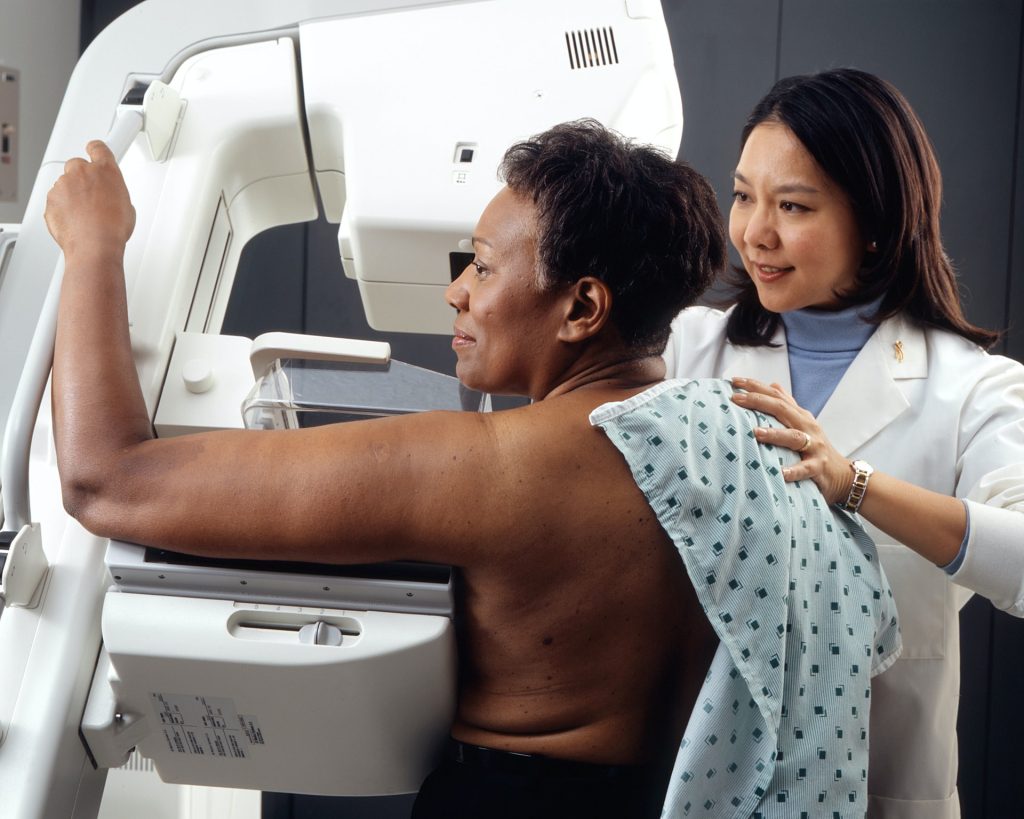Recurrence Risk of Heart Attack is Increased by Long Hours

For heart attack survivors, the risk of recurrent coronary heart disease is increased by working long hours.
Heart attack survivors who working 55+ hours per week were at higher risk of recurrent coronary heart disease (CHD) events (ie, myocardial infarction [MI] or unstable angina) over 6 years compared with people working a more standard 35-40 hours a week (adjusted HR 1.67). This included adjustment for sociodemographics, lifestyle-related risk factors, clinical risk factors, work environment factors, and personality factors.
“These results showed a linear risk increase after 40 h/week and a stronger effect after the first 4 years of follow-up and when long working hours are combined with job strain,” wrote Xavier Trudel, PhD, of CHU de Québec-Laval University Research Centre in Quebec City, and colleagues.
The researchers suggested secondary interventions in curbing working hours among patients at risk of CHD recurrence.
In an accompanying editorial, Jian Li, MD, PhD, of UCLA, and Johannes Siegrist, PhD, of Heinrich-Heine-University, concurred: A “short standardized assessment of working time and stressful working conditions among economically active cardiac patients would enrich physicians’ awareness of patients’ needs and inform medical decision making.”
“With the transformation of the modern work due to technological advances and economic globalisation, an increase in work load and an extension of irregular, nonstandard forms of employment, including working from home, were reported, aggravating the control and prevention of long working hours,” Drs Li and Siegrist wrote.
They urged cardiac rehabilitation programmes to offer “training skills of coping with stressful demands and of strengthening resilience and relaxation” and involving occupational health services to develop return-to-work plans.
When cardiac disease patients return to work, their workplaces will need to adopt tailored, programs to retain the workers and manage disease, Drs Li and Siegrist added.
The prospective cohort study included 967 MI survivors under age 60, of whom 205 had a recurrent CHD event over follow-up averaging 5.9 years.Men and people in their 40s and 50s were most likely to be working long hours after an MI. Job strain, defined as a combination of high psychological demands and low decision latitude at work, was measured with a questionnaire.
Work hours for each participant were assessed only once, at about 6 weeks after returning to work. “Some patients could have changed exposure during follow-up, leading to potential nondifferential misclassification and to an underestimation of the true effect,” Trudel’s group acknowledged.
The observational study was limited by only one tenth of participants being women, limiting generalisability, and by unknown confounding variables.
“In conclusion, the study by Trudel et al. provides a new piece of research evidence that work-related factors play an important role in CHD prognosis,” Drs Li and Siegrist wrote. “Occupational health services are urgently needed to be incorporated into cardiac rehabilitation programs and secondary prevention of CHD.”
Source: MedPage Today
Journal article information: Trudel X, et al “Long working hours and risk of recurrent coronary events” J Am Coll Cardiol 2021; DOI: 10.1016/j.jacc.2021.02.012.
Editorial information: Li J, Siegrist J “Occupational risks of recurrent coronary heart disease” J Am Coll Cardiol 2021; DOI: 10.1016/j.jacc.2021.02.020.



